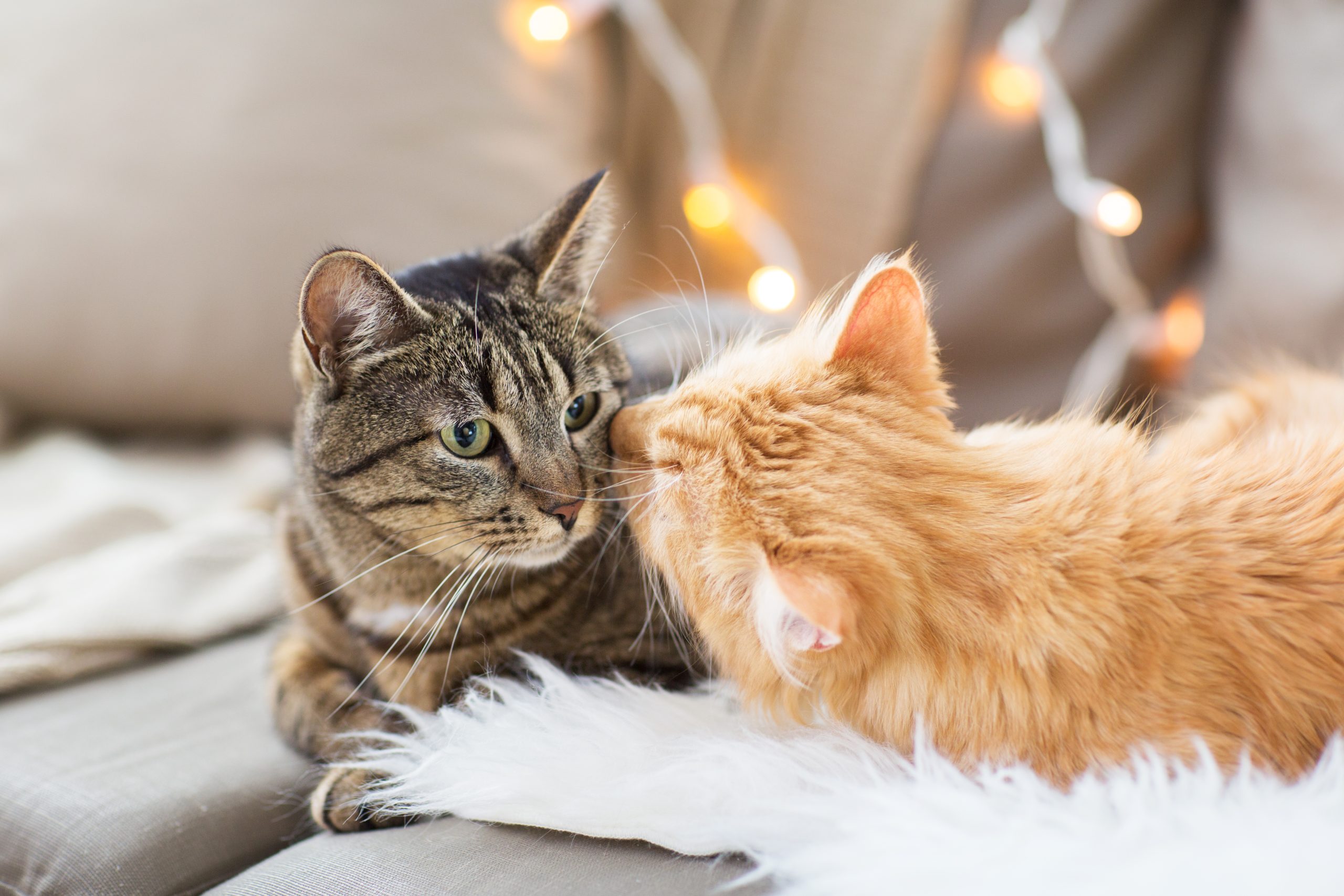What causes cat flu?

Toothless had an infection of FHV. Unfortunately he had FeLV which resulted in a prolonged recovery from FHV.
Cat flu is a general term for contagious upper respiratory disease in felines. These viruses produce symptoms that are similar to the common cold in humans. Commonly the disease is caused by Feline Herpes Virus 1 (FHV1) and Feline Calicivirus (FCV). Cat flu is common amongst cats and kittens. Symptoms are usually mild. However, in cases of underlying illness or weakened immune system, the condition can be life-threatening.
FHV infections tend to cause more severe symptoms including eye infections and corneal ulcerations. FCV infection is usually milder. Oral ulceration is common with FCV infections. It can also cause transient arthritis which manifest as a limp in young kittens.
Most cats recover from upper respiratory tract infection. However, is some cats, the infection causes permanent damage within the nasal passages leading to persistent and recurrent nasal discharge.
Symptoms of cat flu include
-runny nose
-sneezing
-salivation
-watery eyes
-mouth ulcers
-coughing
-hoarse meow
How is cat flu transmitted?
Cat flu is highly contagious and transmitted from one cat to another by transmission of aerosols and by contact with infected feed bowls and sick cats. FHV remains in the environment for up to 2 days while FCV remains in the environment for up to 10 days.
Which cats are at risk of Cat flu?
-cats in muti-cat household
-cats in shelters, breeding catteries
-unvaccinated cats
-kittens
-geriatric cats and immunosuppressed cats ( FeLV/ FIV infected cats )
Diagnosis
While tests can be done to definitely diagnose cat flu, diagnosis is often based on clinical signs.
If testing is done a swab from the eyes or mouth is performed and sent to the lab where a PCR test is done. This test shows the presence of viral genes.
Treatment
For FHV infection, antivirals are prescribed. Often a secondary bacterial infection is present. As such an antibiotic course will be dispensed. Medications to minimize flu symptoms can help as well.
As cats use their sense of smell to eat, appetite is often affected. Appetite stimulants are useful during this period. Using warmed up canned fishy food can increase satiety as well.
Rarely hospitalization for intravenous fluid therapy may be required if your cat is dehydrated.
Prognosis
Cats that recover from URT infection are termed ‘carriers’. Cats that are infected with FHV will never be able to clear the virus. These cats often have no symptoms but they continue to shed the virus in the saliva, nasal and ocular secretions. As such, they can be a source of infection to other cats. Periods of stress will increase viral shedding.
Cats that are infected with FCV continue to shed the virus for months after being infected. Fortunately, these cats eventually eliminate the virus.
Prevention

Vaccination against FCV and FHV reduces the risk of severe disease. Vaccination is recommended in all cats including indoor cats. Unfortunately, FCV has more than one strain and vaccination may not work against all these strains.
In a multi-cat household, infected cats should be isolated from healthy cats. These cats should be kept in rooms where surfaces are easily cleaned. Ensure that proper disinfectants are used. 5% bleach diluted 1: 32 is an excellent choice. If isolation of sick cats is not possible, ensure all cats in contact are vaccinated to minimize severe disease.